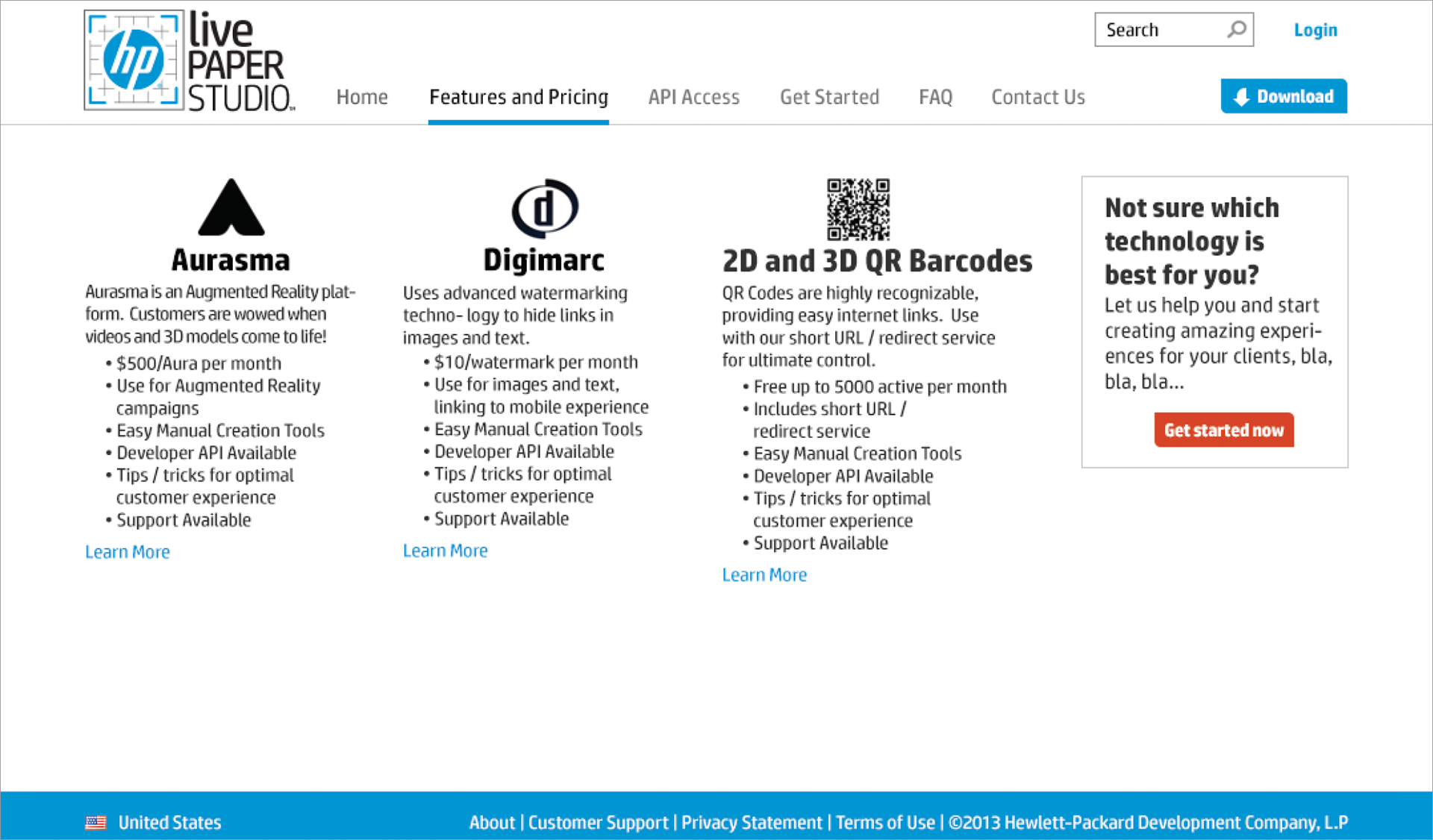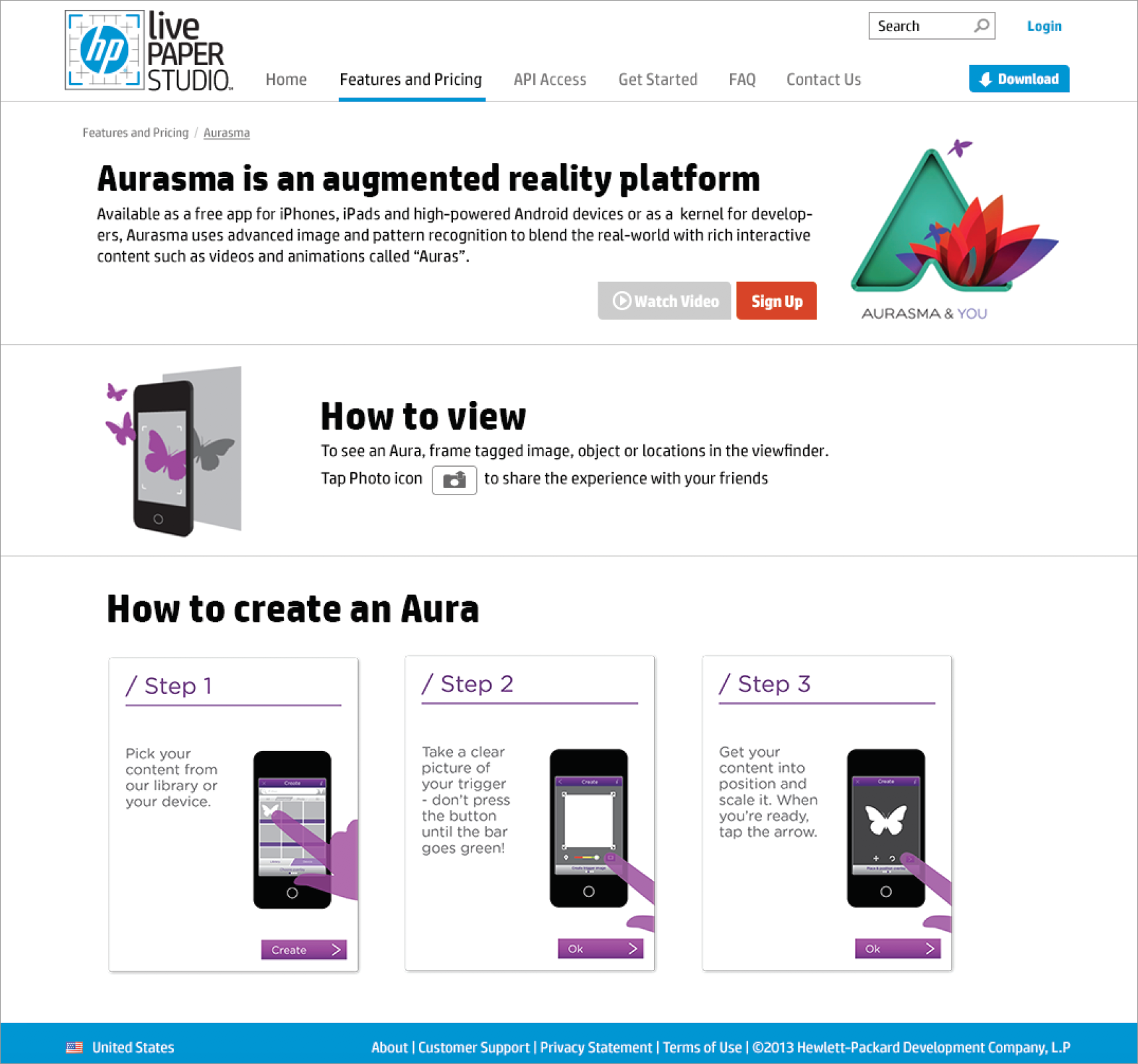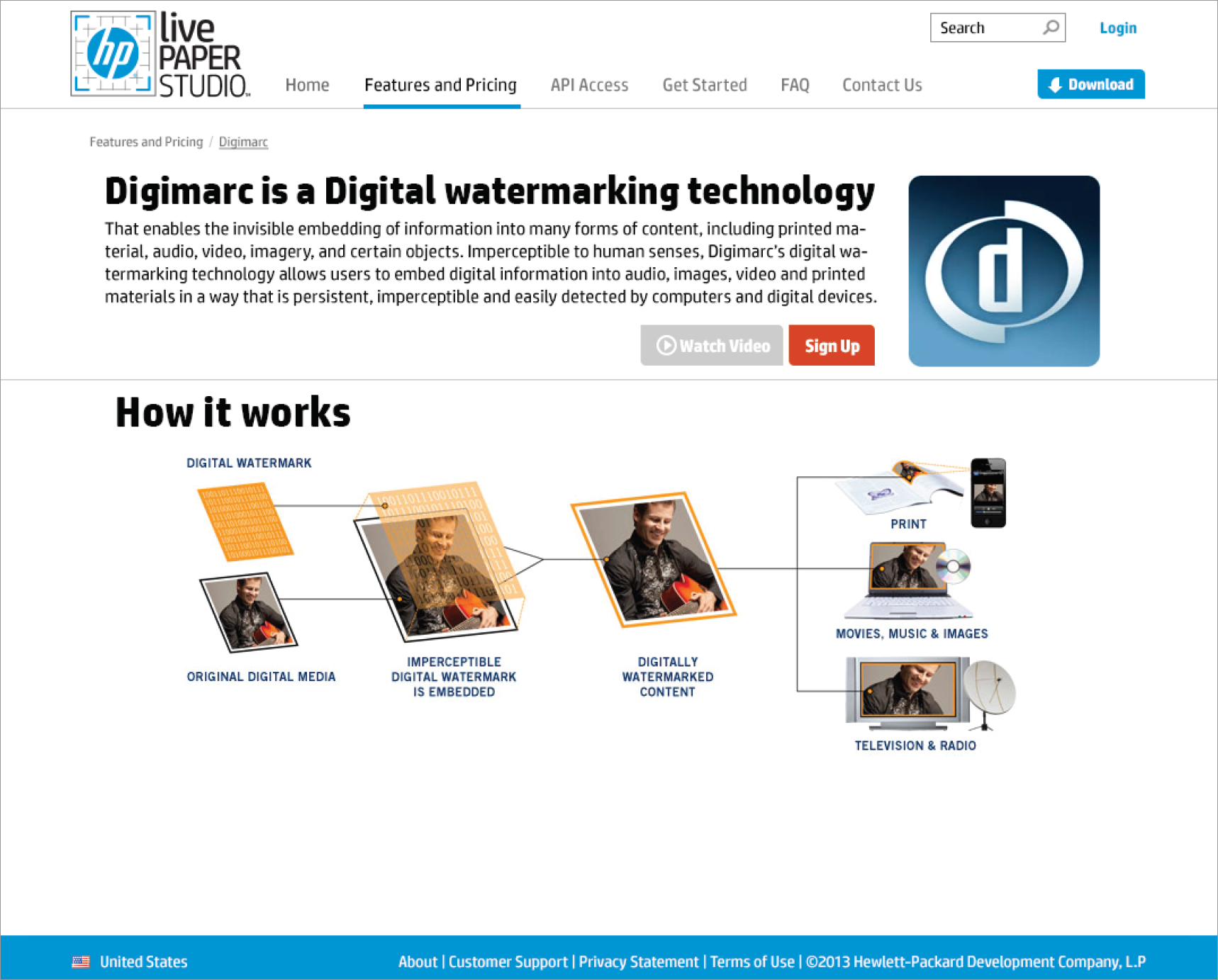Background
HP Link Technology is a platform that enables brands and print service providers (PSPs) to integrate advanced print-to-digital capabilities using secure, scannable marks—such as invisible watermarks and secure QR codes. These marks are embedded into printed materials and scanned via smartphones or industrial readers to power a range of solutions including supply chain traceability, anti-counterfeiting, and consumer engagement. Brands across industries use Link Technology in highly variable workflows, depending on their infrastructure and use cases. This diversity required the UX team to create a scalable, flexible foundation that could support enterprise-wide integrations across global markets.
The problem:
The Link platform's complexity presented multiple UX challenges:
1. Customers had vastly different workflows based on their specific use cases and industries. The internal team lacked a clear, shared understanding of these differences.
2. Each mark type (e.g., invisible watermark, secure QR, standard QR) required a unique integration path with different prerequisites, tools, and outputs—creating onboarding friction.
3. A major update to the Link platform was underway, introducing a new user management system and role-based access control (RBAC), requiring net-new designs for setup, onboarding, and enterprise account management.
My Contribution
As the UX lead for Link Technology, I drove UX research and design across these key initiatives:
•Conducted interviews with internal teams (sales, support, engineering) and customers to uncover needs and map divergent workflows.
•Created journey maps and user flows to document real-world customer experiences across industries.
•Designed task flows and integration blueprints for each mark type to support onboarding and implementation.
•Led the UX strategy for the new account management and RBAC features, from early persona development through to wireframes, prototyping, and final handoff.
•Collaborated closely with engineering, PMs, and business leads to ensure feasibility and alignment.
UX process:
1. Understanding Real-World Customer Workflows
To help internal teams better understand customer contexts, I led the creation of detailed journey maps for Link’s largest customers. These maps captured how end-users interacted with the platform across manufacturing, logistics, and retail—highlighting pain points and barriers to adoption.
2. Mapping Mark Integration Workflows
Each mark type required different setup steps and tools. I worked with the technical team to diagram end-to-end workflows for each solution—identifying required inputs, background processes, and integration prerequisites.
3. Designing Enterprise User Management & RBAC
The new user management system and RBAC model introduced in 2020 required a full redesign of enterprise onboarding. I led a cross-functional UX effort to:
•Define personas for key actors involved in setup, integration, and administration
•Create a roles-permissions matrix to align capabilities with user types
•Design and validate new flows for enterprise account creation, user invitation, and role assignment
Define personas for key actors involved in setup, integration, and administration
Create a roles-permissions matrix to align capabilities with user types
Design and validate new flows for enterprise account creation, user invitation, and role assignment
4. Prototyping & Iteration with Customers
We tested wireframes and interactive prototypes with sales and actual customers, using feedback to refine workflows and interface components. Our approach:
•Iterated in close collaboration with the dev team for feasibility
•Used feedback sessions to validate understandability and reduce onboarding friction
•Created visual designs, redlines, and specs based on approved flows and patterns
Impact
Our work resulted in:
•Reduced onboarding complexity for enterprise users
•Improved internal alignment on customer workflows
•Better integration documentation and tooling
•Scalable design patterns adopted across the platform
•Improved internal alignment on customer workflows
•Better integration documentation and tooling
•Scalable design patterns adopted across the platform
The updated user management features and mark integration workflows became foundational elements for new and existing customers deploying HP Link Technology globally.
Closing Thoughts
Designing for a modular, B2B platform like Link Technology requires deep alignment across internal teams and real-world customer insight. By mapping workflows, simplifying onboarding, and introducing scalable UX patterns, I helped transform a technically powerful—but fragmented—platform into a cohesive, customer-centric solution ready for global adoption.



